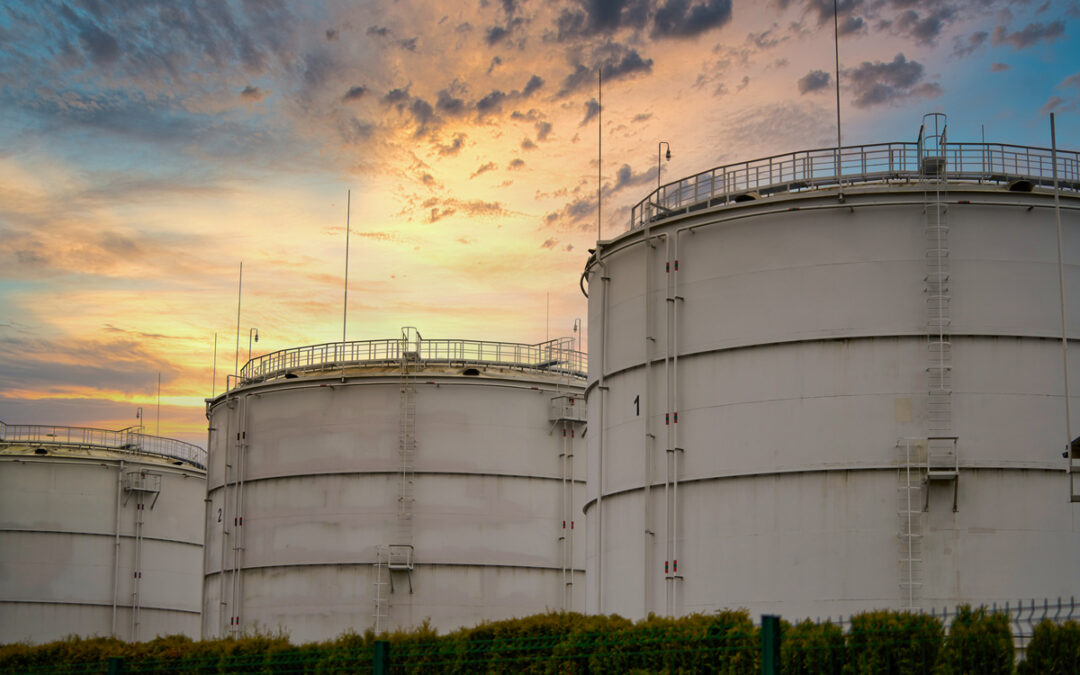With intricate logistical details, regulations, and unforeseen site conditions, industrial construction projects prove to be complex. This can lead to project delays, safety incidents, and even budget overruns. Recognizing and resolving these 6 common challenges in industrial construction will prevent them from happening in the future.
1. Ensuring Safety in Industrial Construction
With hazardous materials, heavy machinery, and meticulous processes, it’s essential for sites to establish a safety culture. Minimizing the risk of injuries most importantly ensures well-being to employees. It also enhances productivity, reduces costs due to compensation claims, and demonstrates a reliable company reputation.
- Understand and adhere to applicable laws. Workplace safety is regulated by the Occupational Safety and Health Administration (OSHA). OSHA Standard 1926 for the construction industry covers all aspects, from general rules on housekeeping and injury reporting to specific guidelines for concrete construction and steel erection. Staying updated on new regulations is vital and is the responsibility of both the EHS manager and all company leaders.
- Prioritize safety as a core value. Both management and employees must adhere strictly to regulations and procedures. Necessary habits include consistently wearing necessary PPE properly, conducting regular safety training, using equipment according to manufacturer instructions, and reporting hazards in a timely manner.
- Evaluate safety performance. Industrial construction companies should maintain detailed records of their safety program’s performance beyond OSHA’s requirements. By documenting injuries, near misses, and protocol changes, EHS managers can review and adjust their safety measures for a safer future.
2. Navigating Tight Schedules
Industrial construction projects can have tight deadlines that are hard to manage and meet by their completion date. That’s why it’s important to be detailed in planning.
- Outline milestones and prioritize critical tasks. Create a project schedule that breaks down tasks into smaller milestones. Consider using project management tools and software to make this easier. Identify the activities that will critically impact the overall timeline and complete those tasks efficiently to avoid delays.
- Communicate clearly. Create a culture that promotes open and transparent communication among all stakeholders. From project managers and subcontractors to suppliers and clients, keep everyone informed and updated. If there are schedule changes, make sure to communicate them.
3. Complying With Regulations and Sustainable Practices
Compliance with government and environmental regulations adds complexity to industrial construction projects, but they’re essential to protecting public health and safety. Ensuring a safety culture should already set you up to comply with regulations, but there are a few other actions you can take.
- Stay up to date with requirements. Thoroughly research each regulation required for your project. Consult official government websites, regulatory guidance documents, and legal resources for accurate information. Conduct regular inspections and audits to keep compliance in check.
- Obtain necessary permits. Secure all required permits and approvals from regulatory authorities prior to beginning a project. This may include permits for land use, zoning, emissions, water discharges, materials handling.
4. Working Through Supply Chain Disruptions
Dependence on global supply chains for materials will always bring risk for delays and material shortages. Whether it’s a logistical challenge, QC issue, or labor shortage, there are some things in your control to help mitigate roadblocks.
- Track KPIs throughout the supply chain. Identify the key metrics that are most critical for monitoring performance. This could include inventory, production, QC, and supplier performance.
- Detect early warning signs of potential disruptions. Use a system that can catch timeline and budget changes, bottlenecks, plan changes. Rely on stakeholder collaboration and field staff to inform the site performance.
- Develop contingency plans. Based on the previous analyses, create risk mitigation strategies to address potential disruptions proactively. Be ready to rely on alternative sourcing options, inventory buffers, transportation rerouting, or process adjustments to minimize the impact of disruptions.
5. Maximizing Efficiency on Construction Sites
Poor communication, labor turnovers, and outdated processes can all cause inefficiency. Rely on the following strategies to complete projects effectively.
- Standardize processes. Document the existing workflows by outlining the steps involved and specifying roles and responsibilities. Work to make these as productive as possible without sacrificing safety or quality.
- Utilize technology. With a few easy-to-use tools, you can improve workflow, collaboration, and efficiency. Project management platforms are useful for centralizing information, simplifying communication, and managing tasks. Automation reduces manual labor requirements and performs tasks with precision.
- Invest in workers. By prioritizing worker training, safety, and professional development, construction firms can prevent injuries. Plus, well-trained workers can complete tasks more quickly and accurately.
- Work With an AISC-certified Erector. AISC certification is a prestigious acknowledgment granted to steel erectors who adhere to the institute’s rigorous standards. PALA is AISC-certified, meaning you can expect the highest quality assurance, code compliance, safety, and cost efficiency.
6. Preventing Budget Overruns
Between design revisions, material price fluctuations, and labor shortages, cost-related challenges in industrial construction are difficult to avoid. It’s important to implement effective risk management practices, accurate cost estimation, and thorough planning to prevent these overruns.
- Rely on a detailed project plan. With clearly defined project objectives and activities, you can avoid scope creep. If you anticipate any risks, develop a mitigation plan as soon as possible.
- Maintain an accurate budget. Use data from similar projects to start estimating cost. Make sure to get the input of cost estimators, engineers, and contractors to set a realistic target. Create a contingency fund to take care of any unplanned costs.
Let PALA Interstate Handle Your Construction Challenges
Whether you’re worried about safety, scheduling, or budgeting, Pala Group has expertise navigating all of your industrial construction challenges. We’re dedicated to fostering our company’s culture of safety, because we know it delivers high-quality finished products. If you want to improve quality and reliability, we’re here to help. Get started by reaching out today.

